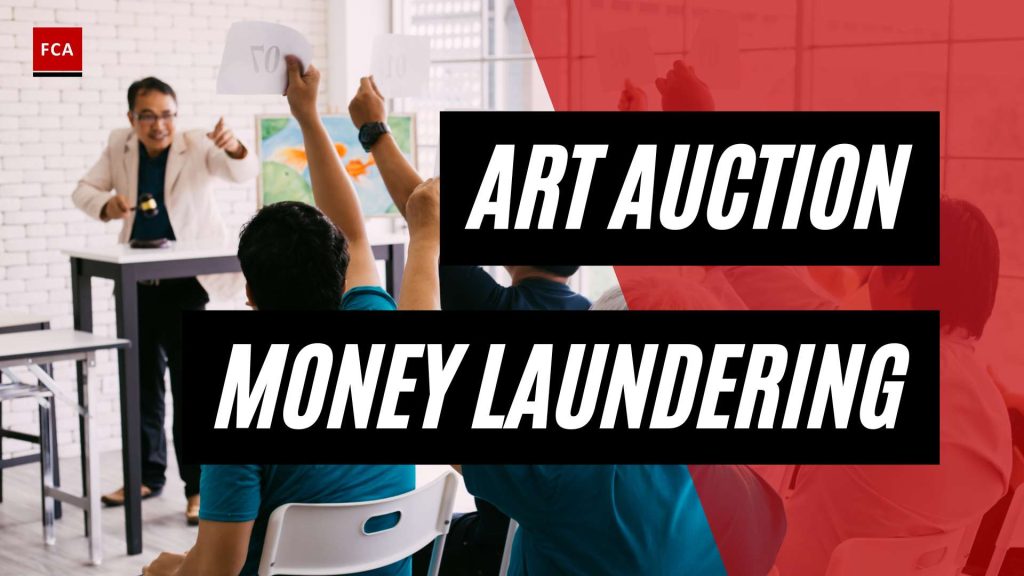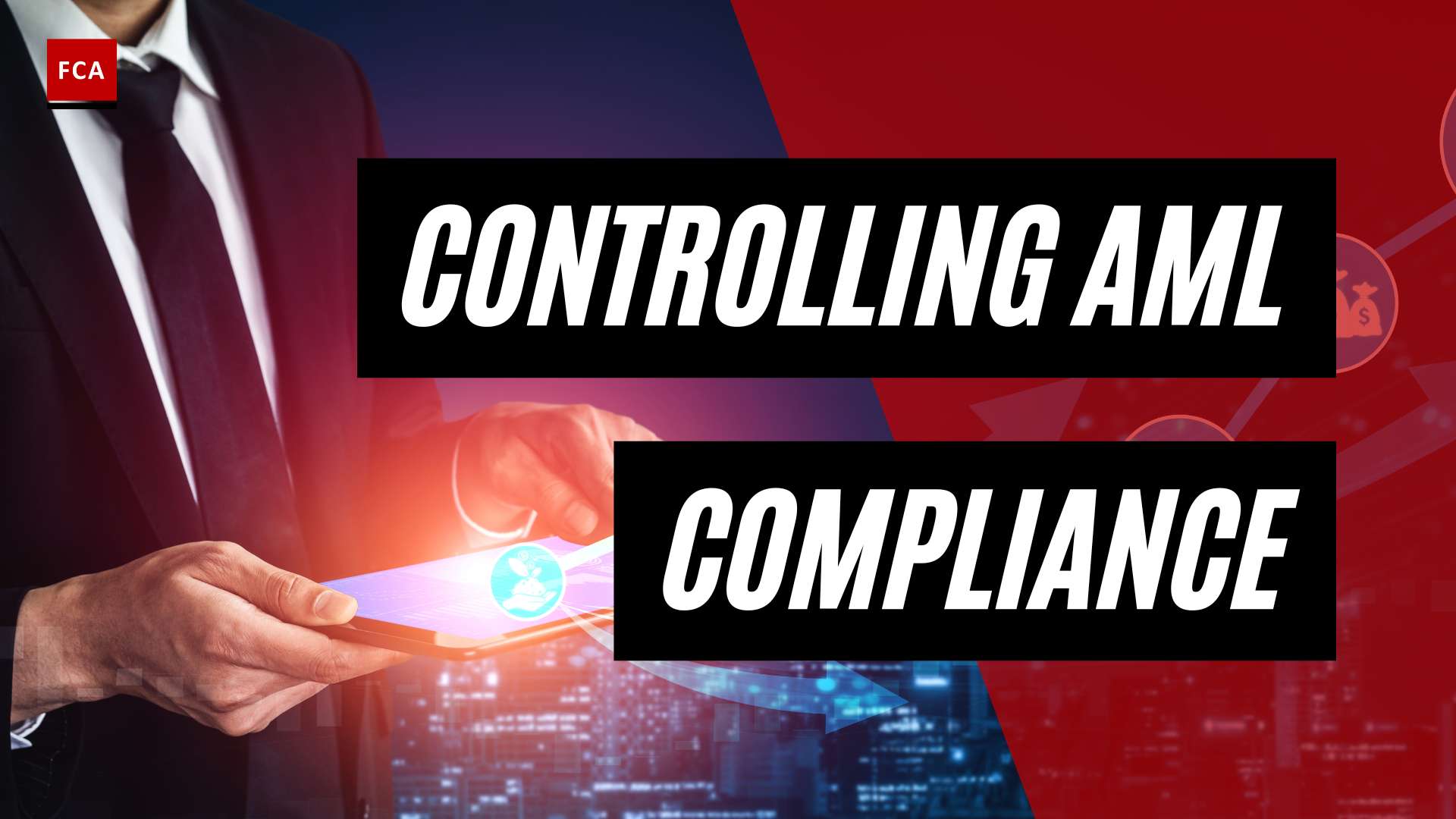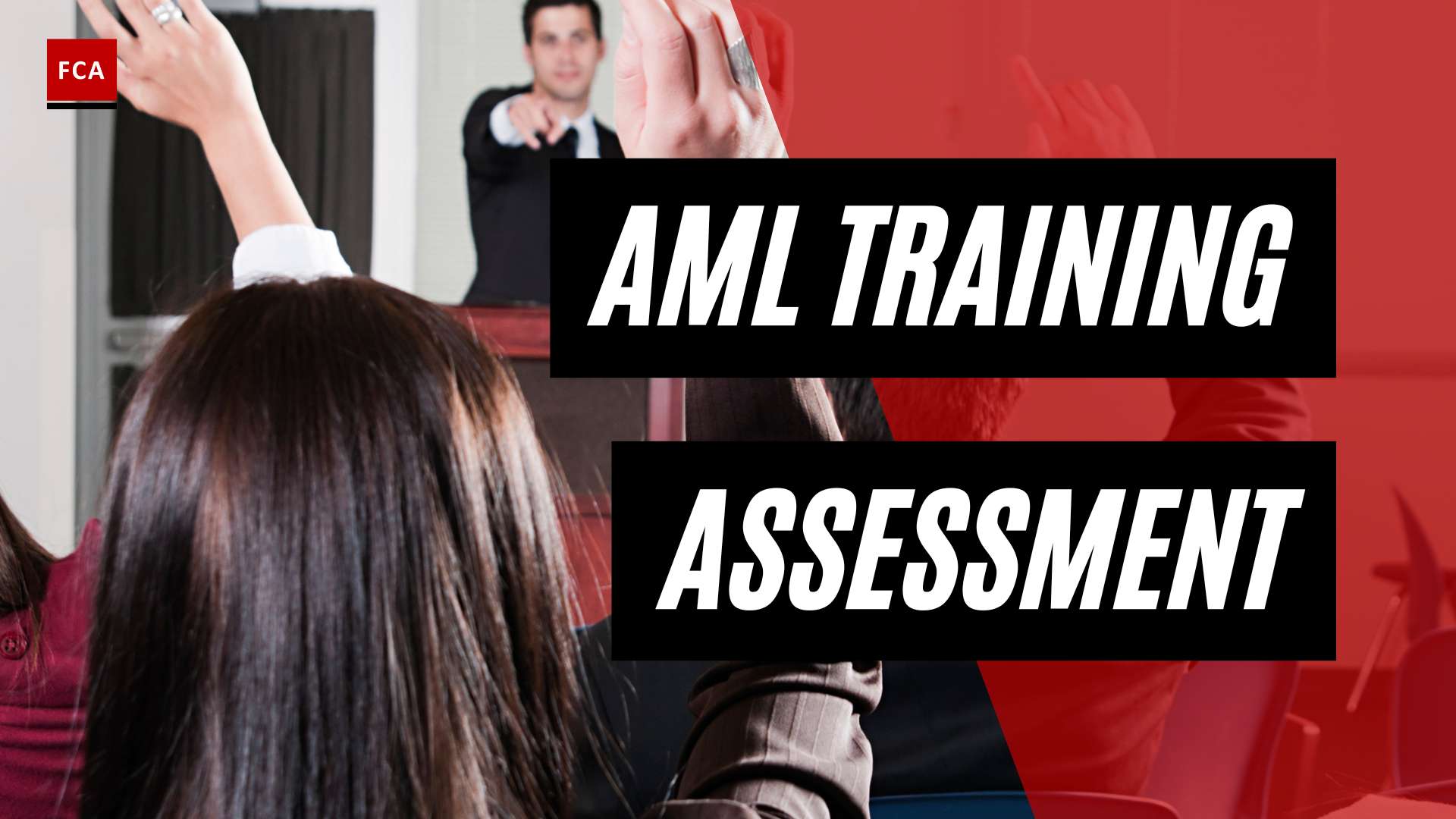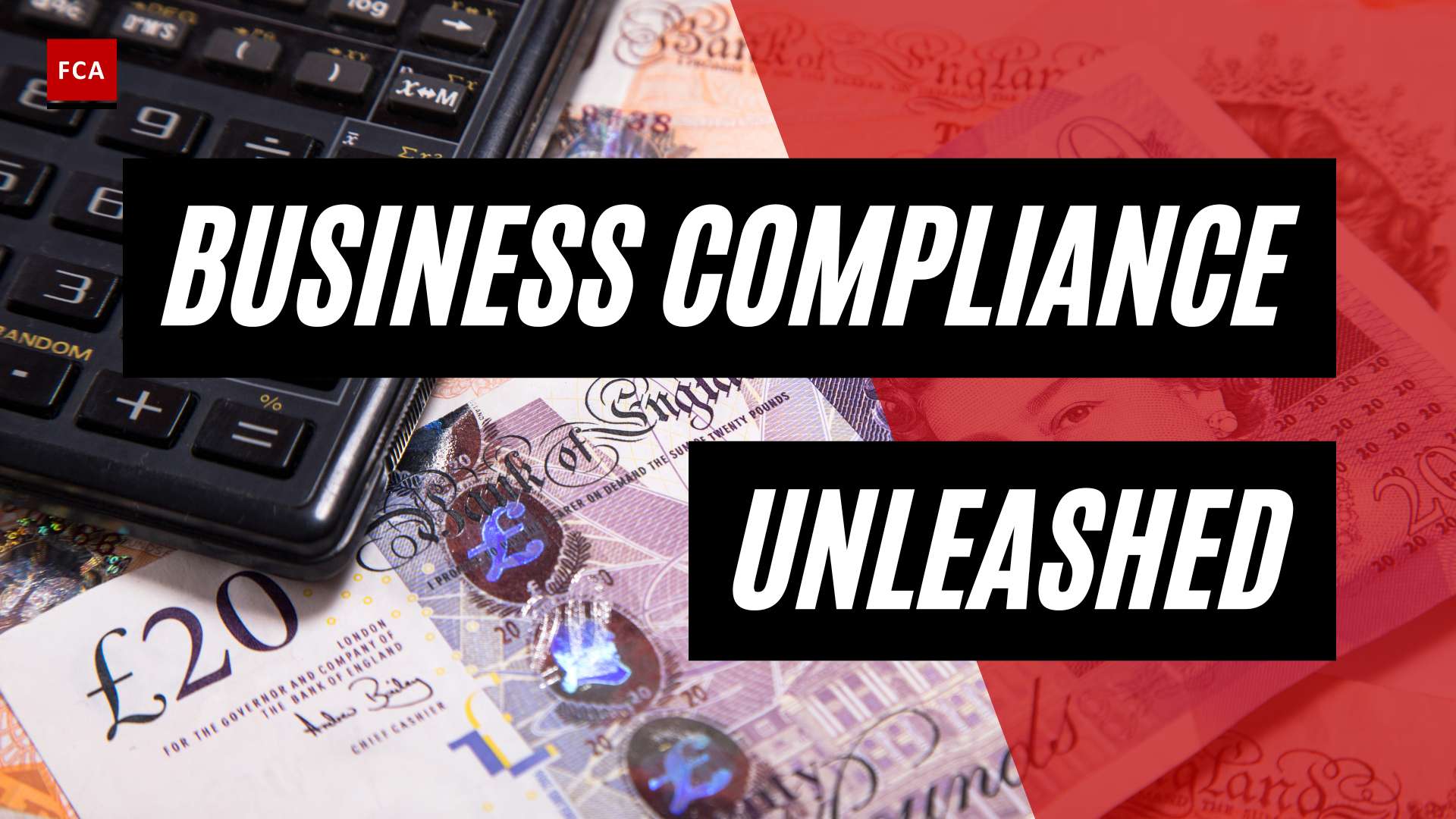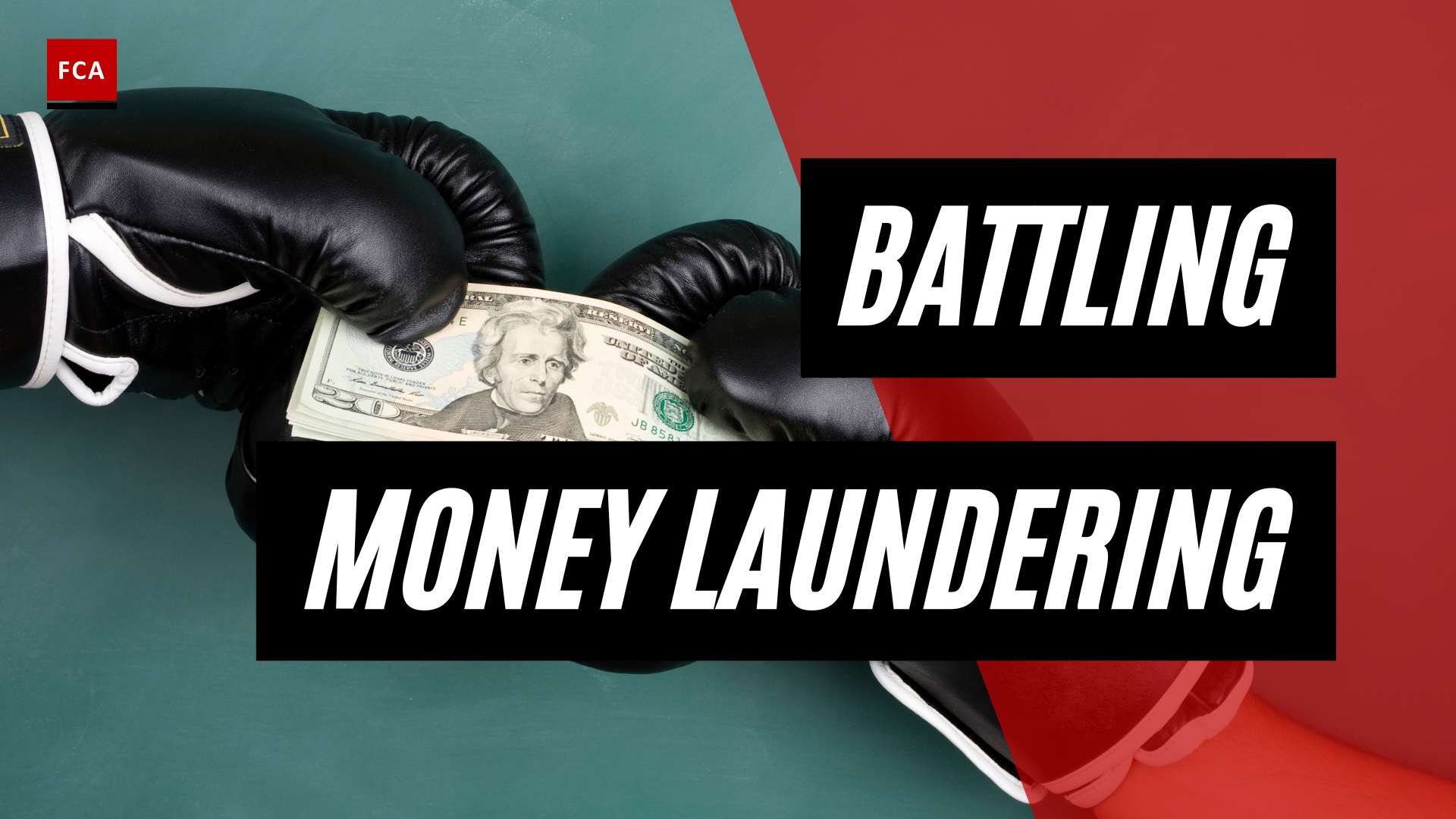Money Laundering through Art and Antiques
Art auctions have become a concerning avenue for money laundering, allowing individuals to hide and legitimize illegal funds. The high prices, lack of regulation, and ability to move large amounts of money without detection make art auctions an attractive option for criminals looking to launder money.
Art Auctions and Money Laundering
The unregulated nature of the art market creates opportunities for money laundering. Unlike financial transactions in the banking sector, art transactions are not closely monitored or regulated. This lack of oversight makes it easier for individuals to manipulate art sales to launder money discreetly. Criminal actors take advantage of the high-value nature of art transactions and the subjective nature of art pricing to move illicit funds through the art market. The anonymity provided by art auctions allows buyers and sellers to remain undisclosed or use shell companies to conceal their identities, further complicating efforts to track the movement of illicit funds (Alessa).
Lack of Regulation in the Art Market
One of the key factors contributing to money laundering through art auctions is the lack of regulation in the art market. This absence of oversight and regulation creates an environment where illegal funds can be laundered more easily. The art world is often described as an ideal avenue for money laundering due to its acceptance of anonymous high-dollar transactions and the facilitation of large cash deals. The absence of strict reporting requirements and the absence of a central monitoring authority make it challenging for authorities to detect and prevent money laundering in the art market.
To combat money laundering through art and antiques, increased regulation and oversight are necessary. Implementing stricter reporting standards, enhancing due diligence measures, and promoting transparency in art transactions can help mitigate the risks associated with money laundering in the art market. International cooperation and collaboration between art market participants, financial institutions, and law enforcement agencies are also crucial in the fight against art market money laundering. By addressing the gaps in regulation and establishing robust anti-money laundering measures, it is possible to safeguard the integrity of the art market and protect against illicit financial activities.
Methods and Techniques Used in Art Money Laundering
Money laundering through art and antiques involves various methods and techniques that allow illicit funds to be disguised and integrated into the legitimate art market. Understanding these methods is crucial for detecting and preventing money laundering activities in the art world.
Anonymity in Art Transactions
The lack of transparency in art transactions and the involvement of intermediaries like galleries, dealers, and auction houses create opportunities for money launderers to disguise the origins of funds. Art market participants, including buyers, sellers, and intermediaries, often remain anonymous or use shell companies to obscure their identities, making it difficult for authorities to track the movement of illicit funds in art transactions.
Anonymity allows criminals to conduct high-value art transactions without disclosing their true identities, making it challenging for law enforcement agencies to trace the source of funds. This anonymity is often facilitated by the unregulated nature of the art market and the acceptance of cash payments, which bypass traditional financial systems. The ability to purchase artwork with anonymity further aids the money laundering process, as criminals can use art auctions as a platform to acquire valuable pieces while evading scrutiny.
Use of Shell Companies
Another technique employed in art money laundering involves the use of shell companies. Criminals may establish these companies to create a layer of complexity and obscurity, making it difficult to trace the true ownership of artworks. These shell companies may be registered in offshore tax havens or jurisdictions with lax regulations, allowing them to operate with minimal scrutiny.
By using shell companies, money launderers can conceal the illicit origin of funds and create the appearance of legitimate art transactions. These companies may act as intermediaries, buying and selling artworks on behalf of the actual beneficial owners while masking their identities and the true nature of the transactions. This makes it challenging for authorities to identify the individuals involved and trace the flow of laundered funds.
Efforts are being made to address the use of shell companies in art money laundering. Regulatory measures and international cooperation are being pursued to enhance transparency and accountability in the art market, requiring increased due diligence in verifying the identities of buyers and sellers and disclosing beneficial ownership information. These measures aim to close regulatory loopholes and ensure that the art market is not exploited for money laundering purposes.
Understanding the methods and techniques used in art money laundering is crucial for authorities, art market participants, and professionals working in compliance and anti-money laundering fields. By being aware of these illicit practices, efforts can be made to strengthen regulations, increase transparency, and mitigate the risk of money laundering in the art market.
Challenges in Detecting Art Money Laundering
Detecting and preventing money laundering in the art market presents significant challenges. The secretive nature of art transactions, combined with the difficulty in establishing the provenance of artworks, makes it a complex task for authorities and financial institutions. In this section, we will explore two key challenges faced in detecting art money laundering: tracking illicit funds in the art market and the difficulty in determining provenance.
Tracking Illicit Funds in the Art Market
The art market’s lack of transparency and regulation makes it an attractive avenue for money launderers to conceal illicit funds. Art auctions, in particular, have been exploited due to their high prices, lack of oversight, and capacity to move large amounts of money without detection. Criminals can exploit the subjective valuation of artworks, making it challenging for authorities to trace the source of the funds.
Moreover, the anonymity surrounding art transactions poses a significant hurdle. Buyers and sellers can remain undisclosed or employ shell companies to mask their identities during auctions, hindering efforts to track the movement of illicit funds through the art market (Alessa). This anonymity provides a shield for money launderers and complicates the identification of suspicious transactions.
Difficulty in Determining Provenance
Provenance refers to the history of ownership and the origin of an artwork. Establishing the provenance of artworks is crucial in detecting money laundering in the art market. However, determining the true origin and ownership of artworks can be challenging, as they can change hands multiple times through different galleries, dealers, and collectors (Financial Crime Academy).
The lack of a unified record-keeping system makes it difficult to trace the ownership history of artworks. This lack of transparency creates opportunities for money launderers to manipulate the provenance of artworks and use them as a means to transfer and conceal illicit funds (Financial Crime Academy). Additionally, the involvement of intermediaries and the complex nature of art transactions further complicate efforts to establish a clear and verifiable provenance.
Addressing these challenges requires a multifaceted approach that involves collaboration between regulatory bodies, financial institutions, auction houses, and art market participants. Enhanced due diligence, increased transparency, and improved information sharing are crucial to combatting money laundering in the art market. By implementing regulatory measures and fostering international cooperation, authorities can work towards creating a more secure and transparent environment in the art market, reducing the opportunities for criminals to exploit this industry for illicit activities.
Efforts to Combat Art Money Laundering
To address the vulnerabilities in the art market that facilitate money laundering through art and antiques, regulators and industry stakeholders have been actively working to mitigate the risks associated with illicit financial activities in art auctions and transactions. Efforts to combat art money laundering involve enhanced due diligence, transparency, and regulatory measures, along with international cooperation.
Enhanced Due Diligence and Transparency
One of the key strategies in combating art money laundering is the implementation of enhanced due diligence practices. Art market participants, including auction houses, galleries, and dealers, are increasingly adopting more rigorous processes to verify the identities of buyers and sellers, assess the legitimacy of transactions, and identify any potential red flags. This includes conducting thorough background checks, verifying the source of funds, and implementing risk-based approaches to customer due diligence.
Transparency plays a crucial role in detecting and preventing money laundering in the art market. Regulators and industry organizations are advocating for increased transparency by encouraging art market participants to disclose information about buyers, sellers, and transactions. This includes reporting obligations, maintaining records of cash purchases, and implementing mechanisms to identify beneficial owners. By enhancing transparency, it becomes more difficult for illicit funds to be laundered through the art market.
Regulatory Measures and International Cooperation
To address the challenges posed by money laundering in the art market, legislative measures have been introduced to increase oversight and regulation. For example, the United States Anti-Money Laundering Act of 2020 (AMLA 2020) brought antiquities dealers under the same anti-money laundering (AML) regulatory framework as financial institutions. This requires them to identify beneficial owners, maintain compliance policies, and report suspicious activities (ComplyAdvantage).
Similarly, the European Union’s Sixth Anti-Money Laundering Directive (6AMLD) mandates AML screening and customer due diligence for all participants in the art market. This directive imposes stricter penalties for AML violations, aiming to deter money laundering activities within the European art market.
International cooperation is crucial in combating art money laundering due to the global nature of the art market. Authorities and organizations are increasingly collaborating across borders to share information, intelligence, and best practices to address money laundering risks in the art industry. This includes cooperation between regulatory bodies, law enforcement agencies, and art market participants to identify and investigate suspicious activities.
By implementing enhanced due diligence practices, promoting transparency, and enacting regulatory measures, efforts are being made to combat money laundering in the art market. These measures aim to increase accountability, reduce the vulnerability of the art market to illicit financial activities, and ensure the integrity of art auctions and transactions.

